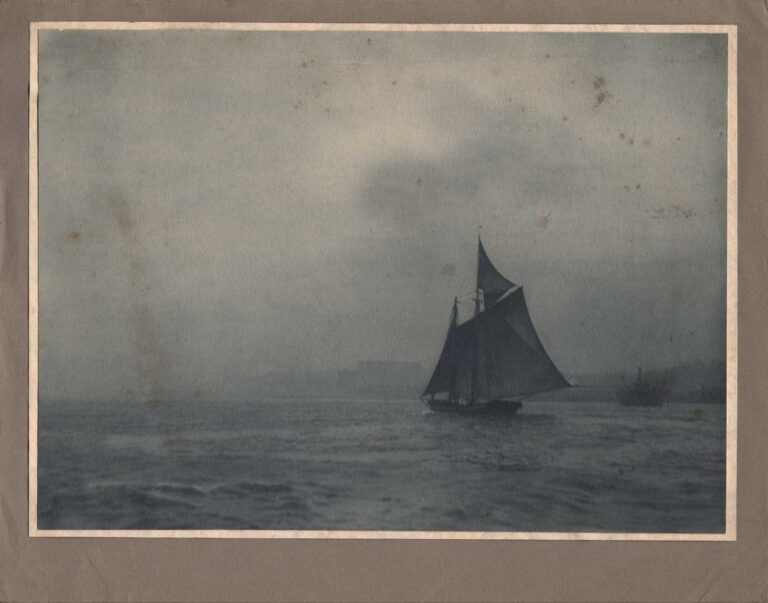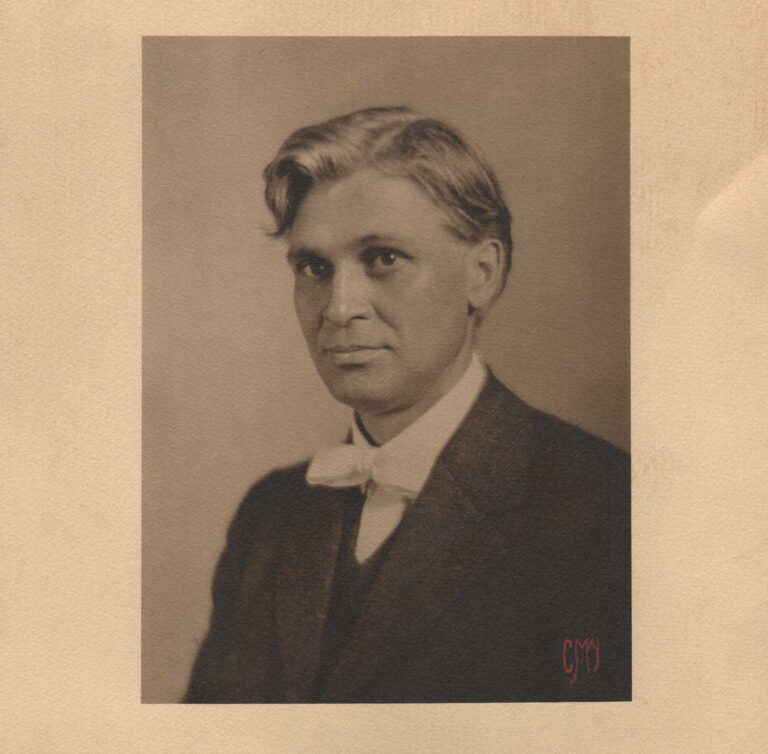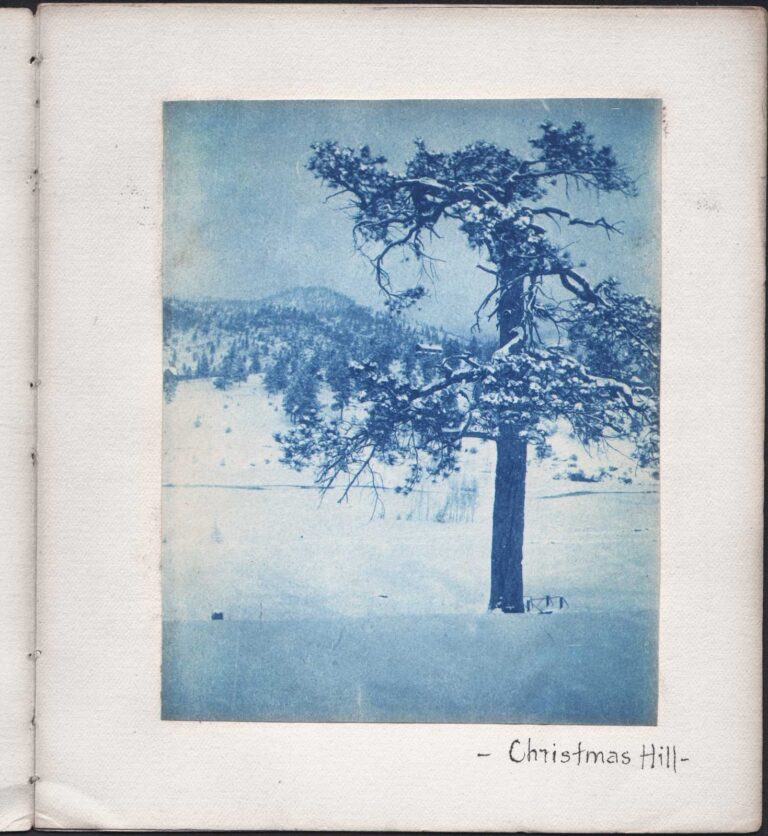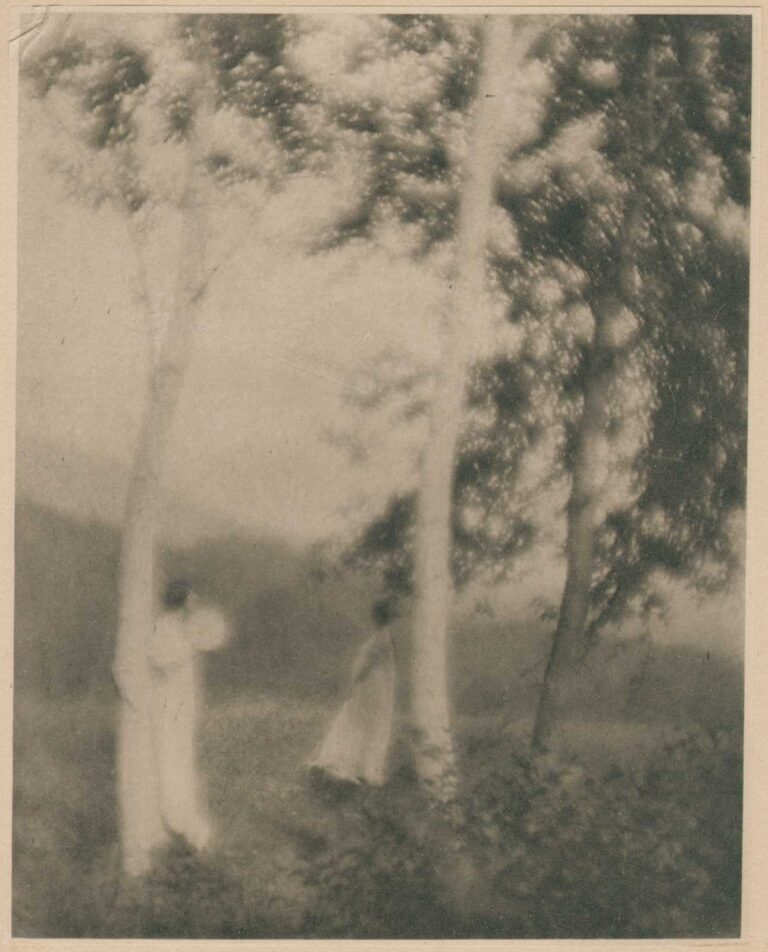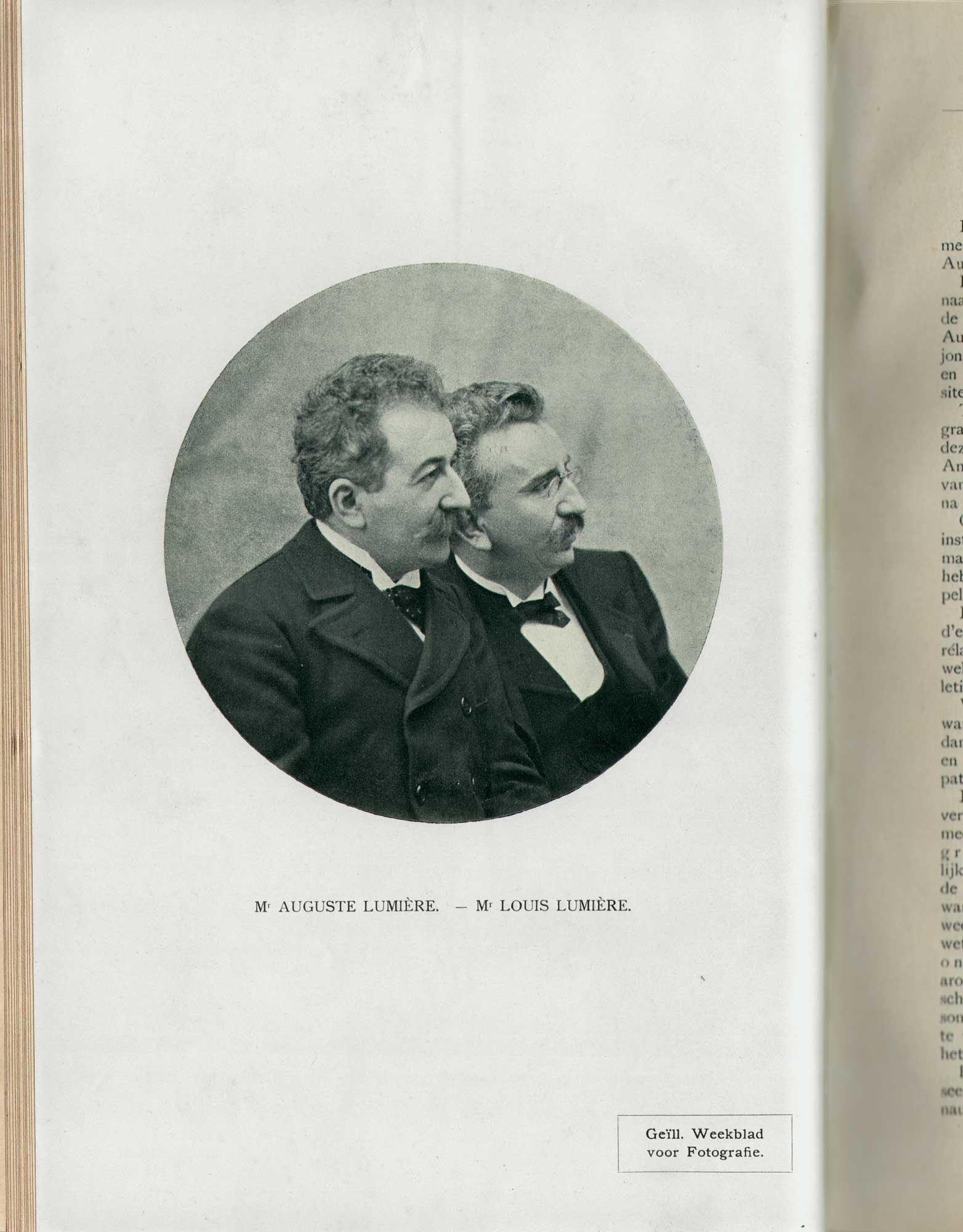
Auguste en Louis Lumière | Auguste and Louis Lumière
The brothers Auguste (left) and Louis Lumière, French inventors and film pioneers, from an 1895 photograph. Auguste Lumière (1862-1954); Louis Lumière (1864-1948).
The following profile of the Lumière brothers appeared along with this photograph.
AUGUSTE AND LOUIS LUMIERE.
(With the plate.) (translated)
The Lumière brothers were born in Besançon in the French department of Doubs, where their father, Antoine Lumière, was a photographer; Auguste the 1st of October 1862, Louis the 1st of October 1864. Shortly after the end of the Franco-German war, the family moved to Lyon, where the father continued his photography business. Here the brothers, after primary school, went to the “La Martnière” school (3 years) and in 1879 Auguste went to the Lycée, followed two years later by his younger brother.
Unfortunately they could not continue their studies in physics and chemistry, their favourite subjects at the Lycée, at the university.
At that time France was dependent on other countries for photographic products. There were some small factories, but these could not sufficiently meet the needs and so father Antoine decided to set up a plate factory. For this he needed the help of his two sons, who therefore simultaneously, in 1882, Auguste after completing his studies, Louis after a year, left the Lycée.
At the factory, however, preparing the emulsion or giving instructions was not their only occupation. The factory started with ten men and we believe that they too had to work hard – but they also did practical and scientific research.
In 1885 they took out their first patent on a “purgeur automatique d’eau de condensation” and in 1887 their first work appeared: “Essai rélatif à l’action de la lumière sur les surfaces sensibles photographiques” soon followed by several others, most of which appeared in the Bulletin de la Société Française de photographie.
We have only a small idea of their knowledge and labour power when we note that between the years 1885–1905 alone they carried out and published more than 150 researches, not only in the photographic, but also in the chemical and medical fields, and took out more than 70 patents of the most diverse nature.
Some of the applications of these investigations have become world-famous. If we take only those which interest the photographer most, then the first to come is cinema (1896), the success of which is increasing day by day and which daily teaches and amuses thousands and thousands of spectators. Then the practical realization of color photography (1904), because it was not enough for them to reproduce life by means of instant photography, they have also managed to wrest the secret of Mother Nature’s palette from her. Finally, that of their investigations concerning the development properties of reducing agents of the aromatic series (1891). In this study they have demonstrated the close relationship which exists between the developer properties of certain substances and their chemical formula, so that it becomes possible to predict whether or not a substance will be usable as a developer, which is of great practical importance. This is not the place to analyze the other investigations, suffice it to say that every investigation, however small, shows their meticulousness, ingenuity, and spirit. Is it still too far: wonder that Auguste is Correspondant to the Ministry of Public Instruction, Councillor of External Trade in France and Officer of the Legion of Honour, Louis is also Correspondant to the Ministry of Public Instruction. Furthermore, Member of the Committee of Historical and Scientific Work and Chevalier of the Legion of Honour and that on 20 November 1909 they were awarded the high distinction of being promoted by the University of Berne to Doctor Honoris Causa, a title they have more than deserved?
That they may continue to enjoy the possession of that title for many years to come, for the benefit of the general public, of photography in particular, is certainly the wish of everyone who is involved in photography. ⎯ F. K. STEPHAN. (pp. 33-34)
